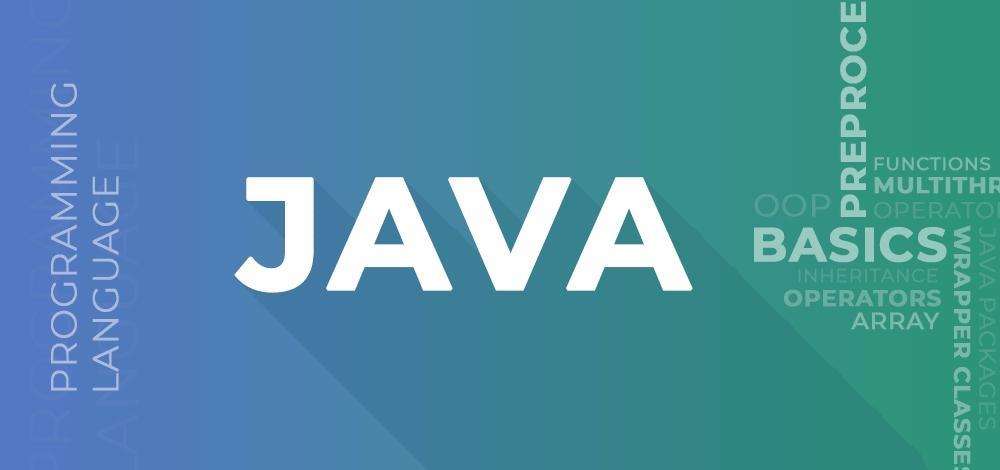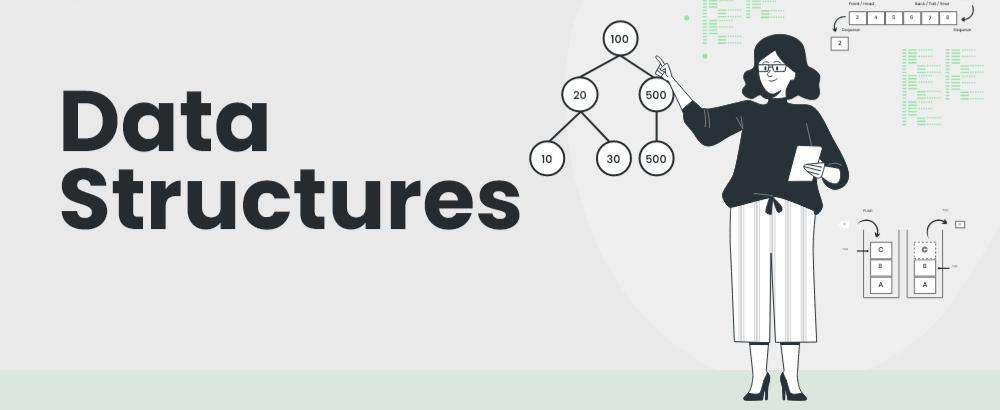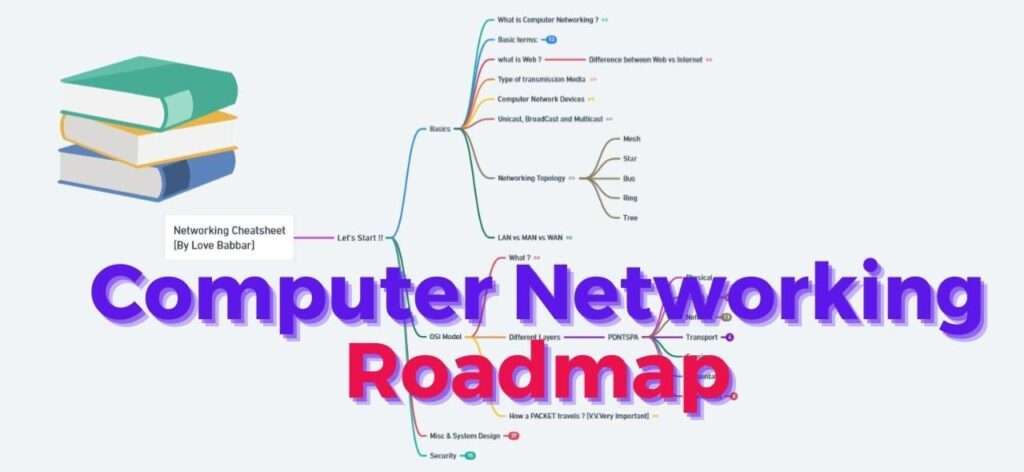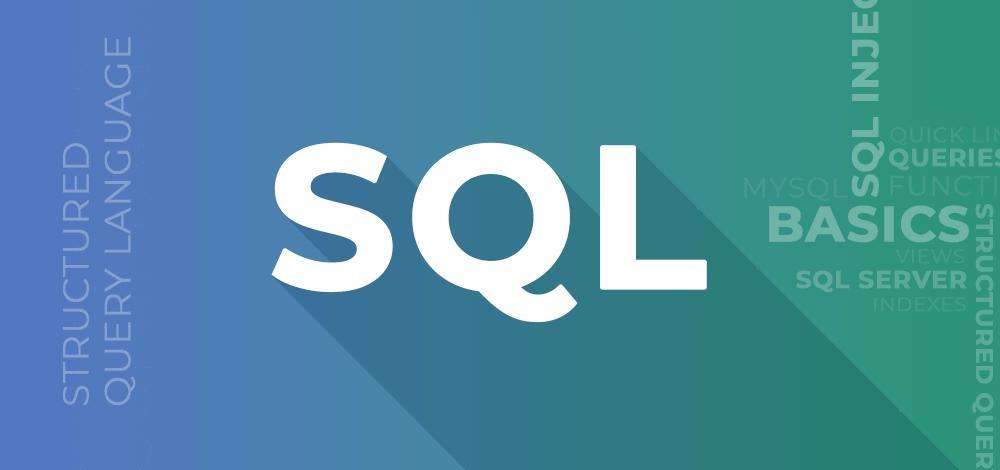
In web design, the only limit is your imagination and CSS, or Cascading Style Sheets, is the artist’s in this digital canvas, and this guide is your roadmap to mastering this powerful tool.
Gone are the days of static, uninspired web pages. In our visually-driven online experience, CSS stands as the cornerstone of modern web design, transforming the mundane into the extraordinary. Whether you’re a budding designer or a seasoned developer looking to polish your skills, this tutorial will navigate you through the intricacies of CSS with ease and clarity.
CSS operates on a set of guidelines that specify how to style an individual element or a collection of elements on your webpage.
This CSS guide is crafted for learners at all levels, from novices to seasoned experts. In this guide, you’ll gain knowledge of CSS starting with the fundamentals and progressing to more complex topics, including properties, selectors, functions, media queries, among others.
What is CSS?
CSS, short for Cascading Style Sheets, is the language for applying styles to HTML documents. It dictates the presentation of HTML elements on a webpage.
The concept of CSS was initially suggested by Håkon Wium Lie in 1994. It was further refined by Lie alongside Bert Bos, culminating in the release of the CSS1 specification in 1996.
CSS streamlines the task of making web pages look attractive. It gives web developers the power to shape the visual style of web pages.
Basic CSS Example
CSS offers three methods to style your HTML content:
- Inline: Implement styles straight onto HTML elements (best for specific cases).
- Internal: Embed styles within the HTML document using a `<style>` tag.
- External: Craft a distinct CSS file (`.css`) and establish a connection to your HTML.
For this demonstration, we’ll employ each method, applying diverse properties through them.
HTML
<!-- File name: index.html -->
<!DOCTYPE html>
<html>
<head>
<!-- Importing External CSS -->
<link rel="stylesheet" href="style.css" />
<!-- Using Internal CSS -->
<style>
h2 {
color: green;
}
</style>
</head>
<body>
<!-- Using Inline CSS -->
<h2 style="text-align: center;">Welcome To GFG</h2>
<p>CSS Tutorial - GeeksforGeeks</p>
</body>
</html>CSS
/* External CSS */
/* File name: style.css */
p {
text-align: center;
}Output:
When you try out the code, you’ll notice that the <p> tag is aligned to the left. This happens because we have an external CSS file that’s supposed to centre it, but if it’s not linked correctly, it won’t take effect, especially on a local server. To fix this, make sure the external CSS file is properly linked in your HTML document. Here’s a quick example of how to do that:
HTML
<head>
<link rel=”stylesheet” type=”text/css” href=”styles.css”>
</head>
Check that the href matches the location of your CSS file. Once linked, your <p> tag should center just as you wanted.
Now Let’s Dive into our organized collection of CSS examples, where you’ll find a variety of topics such as properties, selectors, functions, and beyond, all neatly arranged for easy learning.
The Overview of CSS Tutorial
¡》The Basics: Understanding the Syntax
Before we dive into the deep end, let’s get comfortable with the basics. CSS syntax may seem daunting at first, but it’s really quite logical. Think of it as giving instructions to your web page on how to dress for the occasion. We’ll start with selectors, properties, and values—the fundamental building blocks that will empower you to begin shaping your website’s aesthetic.
¡¡》The Art of Layout: Flexbox and Grid
With the basics under your belt, it’s time to explore the art of layout. Flexbox and Grid are the yin and yang of CSS layout techniques, each with its own strengths.
Flexbox is your go-to for one-dimensional layouts, perfect for aligning content in rows or columns. Grid, on the other hand, shines in two-dimensional layouts, allowing for complex designs with minimal code. We’ll dive into both, ensuring you know when and how to use each to its full potential.
¡¡¡》Animation and Interactivity: Bringing Your Site to Life
Static sites are a relic of the past. Engage your audience with subtle animations and interactive elements. CSS transitions and animations are your tools for adding that extra flair to your site. From hover effects to scrolling animations, we’ll cover how to use CSS to create a dynamic user experience that captivates and retains attention.
¡V》Advanced Techniques: Beyond the Basics
Ready to push the boundaries? Advanced selectors, pre-processors like SASS, and CSS frameworks such as Bootstrap open up a world of possibilities. We’ll explore how these tools can streamline your workflow, ensure cross-browser compatibility, and let you craft responsive designs that adapt seamlessly to any screen size.
Complete CSS Tutorial For Beginners
Before diving into CSS, it’s beneficial to have a Beginner Level of HTML. With that foundation, you’re all set to begin your adventure with CSS.
1. Introduction to Modern CSS
- Introduction to CSS
- Advantages and Disadvantages of CSS
2. CSS Fundamentals
Grasping the essentials of CSS is crucial, no matter if you’re a seasoned developer or just embarking on your web development path. Now, let’s delve into some fundamental CSS principles.
- CSS Syntax
- CSS Ruleset
- CSS Selectors
- CSS Element Selector
- CSS Attribute Selector
- CSS Id Selector
- Class Selector
- Universal Selector
- Pseudo-Class Selector
- Pseudo-Element Selector
- CSS Combinators
- General Sibling selector (~)
- Adjacent Sibling selector (+)
- Child selector (>)
- Descendant selector (space)
- CSS Box model
- CSS Layout
- Styling Text
3. CSS Styling Techniques
CSS is the language that defines the presentation of HTML elements on a webpage. It assigns colors, determines the layout, and even adds animations to enhance the overall look and feel of your website.
- CSS Fonts
- CSS Colors
- CSS Backgrounds
- CSS Borders
- CSS Grid
- CSS Flexbox
- CSS Images
- CSS Lists
- CSS Counters
- CSS Columns
- CSS Conditional Rules
- CSS Logical Properties
- CSS Math functions
4. CSS Responsive Design and Media Queries
Creating a mobile-friendly and responsive website is essential in today’s multi-device world. To achieve this, there are several key concepts to consider:
- Fluid Grids: Use relative units like percentages rather than fixed units like pixels. This makes your layout more flexible and adjusts to the screen size.
- Flexible Images: Ensure your images can scale within their containing elements. This prevents them from distorting or breaking the layout on different devices.
- Media Queries: Utilize CSS media queries to apply different styles based on the device’s characteristics, such as its width, height, or orientation.
- Breakpoints: Define points where the website’s content will respond and adapt to different screen sizes, ensuring readability and usability.
- Mobile-First Design: Start designing for the smallest screen first and then scale up. This helps in prioritizing content and ensures that your site is accessible on all devices.
By incorporating these concepts into your web design process, you can ensure that your site provides an optimal viewing experience across a wide range of devices. Remember, a responsive design not only improves user experience but also contributes to better SEO rankings. Here are the articles you need to learn how to create them;
- CSS Media queries
- CSS Nesting style rules
- CSS Positioning
5. Advanced CSS Topics
Advancing into the realm of CSS, you’re now entering a space where creativity meets precision. Advanced CSS techniques are the tools that will elevate your web design and development skills to new heights.
¡》Embracing the Power of Pre-processors
Preprocessors like SASS or LESS can revolutionize the way you write CSS. They introduce variables, mixins, and nesting capabilities, allowing for more organized and maintainable code. With preprocessors, you can streamline your workflow and introduce logic into your stylesheets.
¡¡》Mastering Layouts with CSS Grid and Flexbox
While you may already be familiar with the basics of Flexbox and Grid, mastering these layout modules is key to creating intricate and responsive designs. Dive deeper into their properties, learn to create complex layouts that were once only possible with hacky solutions or extensive JavaScript.
¡¡¡》Interactive Elements with CSS Animations and Transitions
Animations and transitions are not just eye candy; they enhance user experience by providing visual cues and feedback. Mastering these aspects of CSS means you can create interfaces that are not only functional but also intuitive and delightful.
¡V》Optimizing for Performance
As you dive into more complex styles, it’s crucial to keep performance in mind. Learn techniques to optimize your CSS for faster load times, such as minimizing reflows and repaints, using efficient selectors, and leveraging the power of CSS’s own will-change property.
V》Future-Proofing Your CSS
Stay ahead of the curve by keeping an eye on upcoming CSS features and best practices. Explore CSS variables for dynamic styling, learn about new pseudo-classes and functions, and understand how to use feature queries to progressively enhance your designs.
Here are the specific articles to achieve these.
- CSS Transforms
- CSS Transitions
- CSS Animations
- CSS Variables
- CSS Properties
- CSS Functions
6. CSS Online Quizzes
To get a firm grasp on CSS, it’s really helpful to try out quizzes and multiple-choice questions. These CSS quizzes will sharpen your skills in tackling similar problems and boost your knack for finding solutions.
Check out these quiz articles that delve into CSS 3:
- Basic CSS Quiz
- Intermediate CSS Quiz
- Advanced CSS Quiz
7. CSS Practical Projects
Practical experience is invaluable. Diving into real-world HTML and CSS projects not only tests your understanding but also deepens it. As you apply what you’ve learned to actual tasks, you’ll encounter unique challenges and learn how to solve them, which is a crucial part of growing as a developer. So, roll up your sleeves and start building; each project will bring new insights and skills!
- Meet the Team Page Design
- Tribute Page Design
- Design a web page
- Contact Us Page Design
- Create Browsers Window
- Design Email Newsletter
8. CSS Interview Preparation
- Don’t miss our CSS Interview Questions and Answers before going for your interview.
- CSS CheastSheet for Beginners (2024) – A Basic Guide to CSS
9. CSS Tools and Resources
¡》CSS Preprocessors
CSS preprocessors bring in handy features such as variables, nesting, and mixins, which really step up the game in terms of functionality, ease of maintenance, and neatness of your stylesheets. Among the well-known preprocessors you’ll find are:
- CSS Preprocessor SASS
- CSS Preprocessor LESS
- CSS Preprocessors LESS vs SASS
¡¡》CSS Frameworks
CSS frameworks are like a toolkit for web development, offering ready-to-use CSS (and occasionally JavaScript) code. They’re all about making your life easier, speeding up the creation process with a bunch of standardized, reusable bits and pieces, plus a clear-cut setup. This way, developers can whip up responsive, good-looking websites without breaking a sweat.

10. Other Resources
- CSS Complete Guide – A to Z CSS Concepts
- Learn CSS: Free CSS Course
Why learn CSS?
Styling is crucial for any website, and CSS significantly improves the site’s standards and visual appeal, enhancing user interaction.
A website can exist without CSS, but styling is essential as users are unlikely to engage with a site that lacks visual appeal. Therefore, learning CSS is fundamental for web development.
CSS empowers you to:
- Control the design and layout of web pages.
- Create visually appealing and user-friendly websites.
- Customize the appearance of web elements, making sites more intuitive and engaging.
- All modern web browsers support CSS, ensuring consistent display of your designs.
- Proficiency in CSS can lead to a variety of career opportunities in the web development industry.
Features of CSS
Here’s a friendly rundown of CSS’s standout traits:
- CSS is all about setting the stage for how HTML elements show up on your screen.
- A big part of CSS’s charm is its styling instructions that browsers understand and use to spruce up web elements.
- With CSS, you’re the director of your webpage’s look. You get to tweak text colors, pick font styles, manage space between items, decide column widths, and make sure everything looks great on all sorts of devices and screens, plus a whole lot more.
If you Prefer a course,
Why look further when our HTML/CSS Programming Complete Course offers all you need in one comprehensive program! Enroll in our Program today, and our advisors will be in touch to provide you with all the guidance and support you need.
Conclusion:
As our journey comes to a close, remember that the world of CSS is ever-evolving. What remains constant is the need for creativity, experimentation, and continuous learning. With the foundations laid out in this tutorial, you’re well-equipped to explore the vast landscape of web design. Embrace the challenges, celebrate the victories, and never stop creating.
Embark on this CSS web design and watch as your web designs take flight, transforming from mere ideas into stunning realities. The roadmap is in your hands; where will it take you next?
RELATED ARTICLES
- HTML Complete Course Guide From Beginner to Advanced Levels
- HTML Tutorial & Roadmap
- CSS Complete Guide – From Novice to Pro CSS Concepts
- JavaScript Complete Guide From Beginner to Advanced Levels
- A Comprehensive JavaScript Tutorial & Roadmap
- Complete React Tutorial & Roadmap
- Complete NodeJS Tutorial & Roadmap
- C Programming Language Tutorial & Roadmap
- The Ultimate C++ Programming Language Tutorial & Roadmap
- Complete Ruby Programming Language Guide
- Complete Perl Programming Language Guide
- Complete Java Tutorial & Roadmap
- R Tutorial & Roadmap| Master R Programming with Ease
- PHP Tutorial & Roadmap: A Comprehensive Guide for Developers
- Golang (Go) Programming Tutorial & Roadmap: Go Beyond the Basics
- A Comprehensive SQL Tutorial & Roadmap









